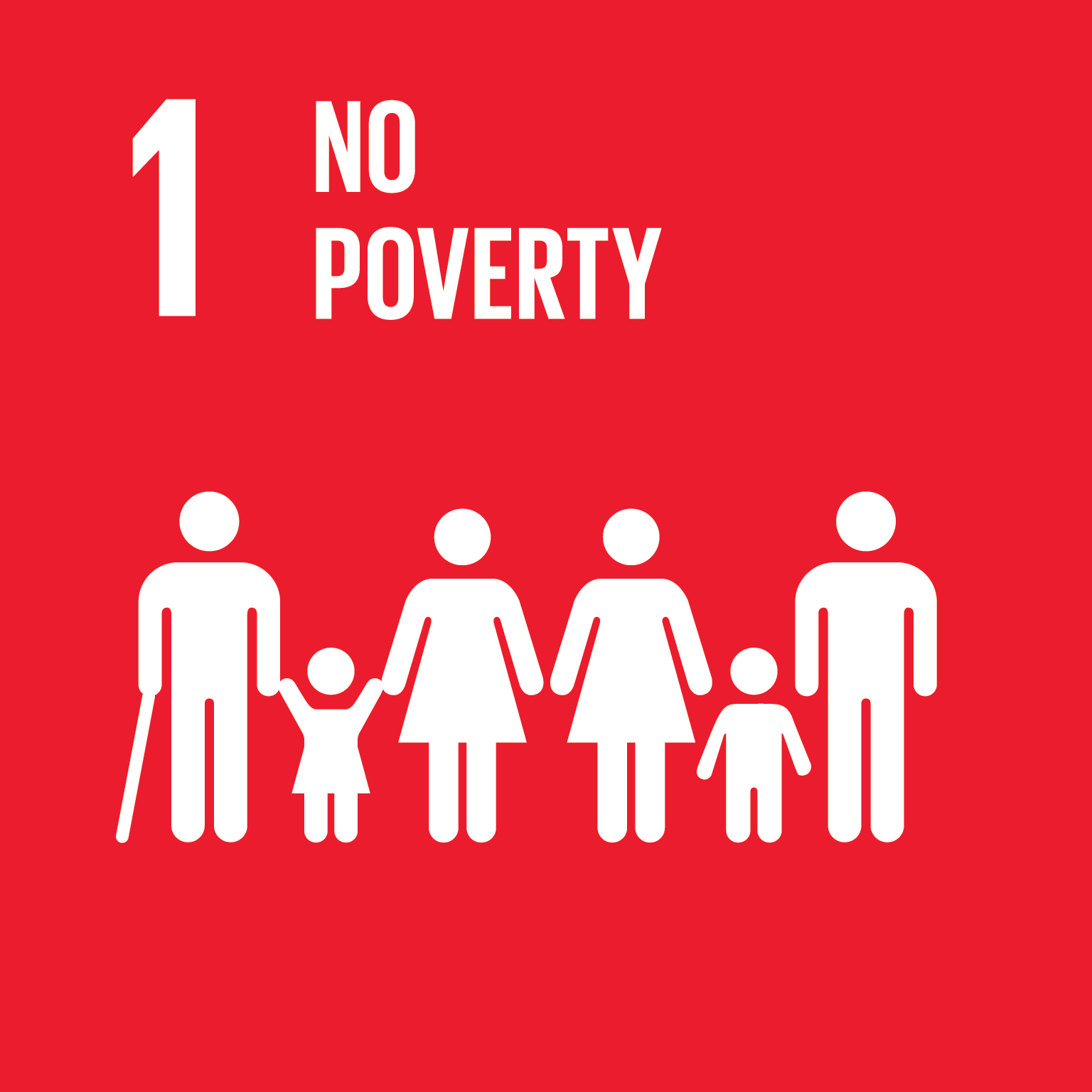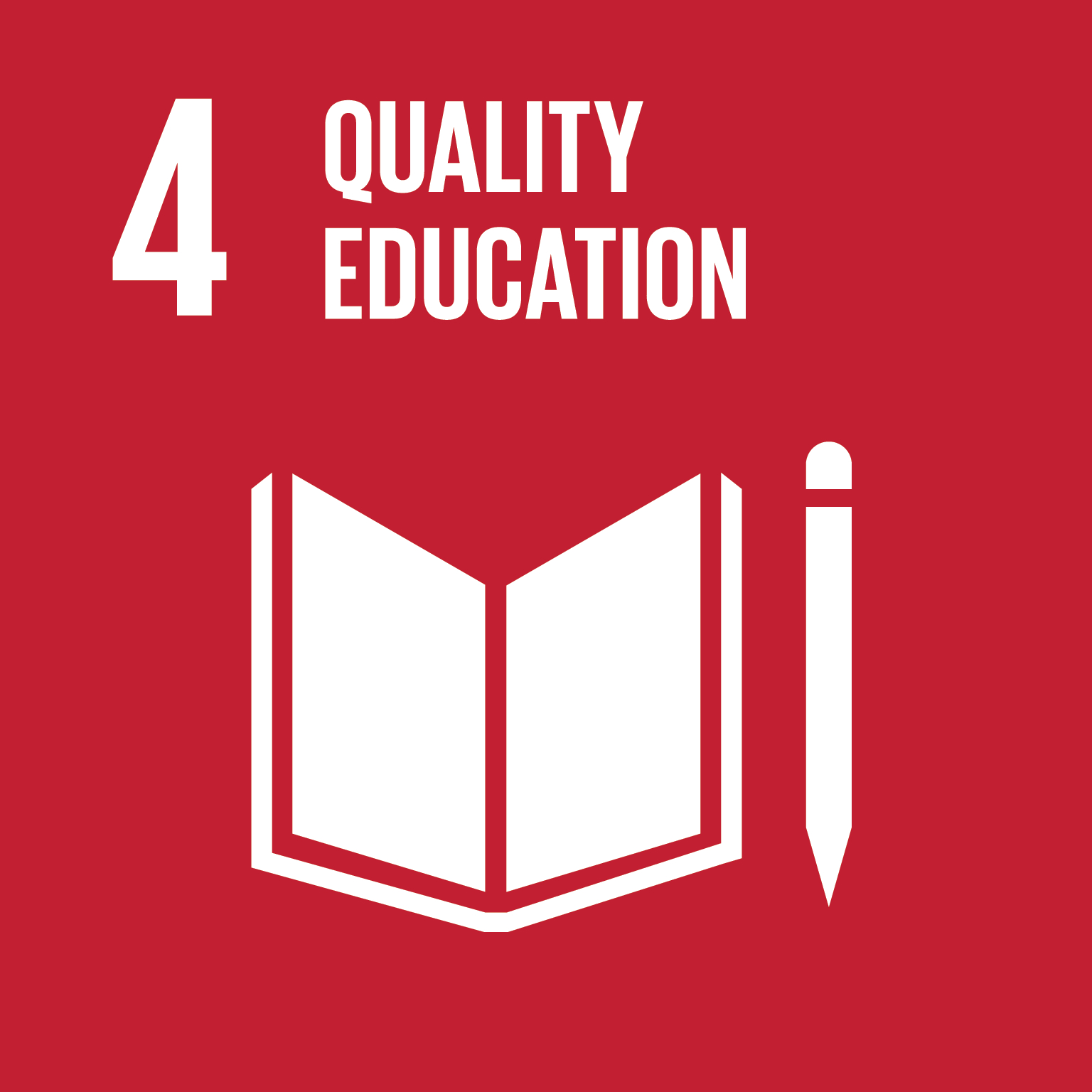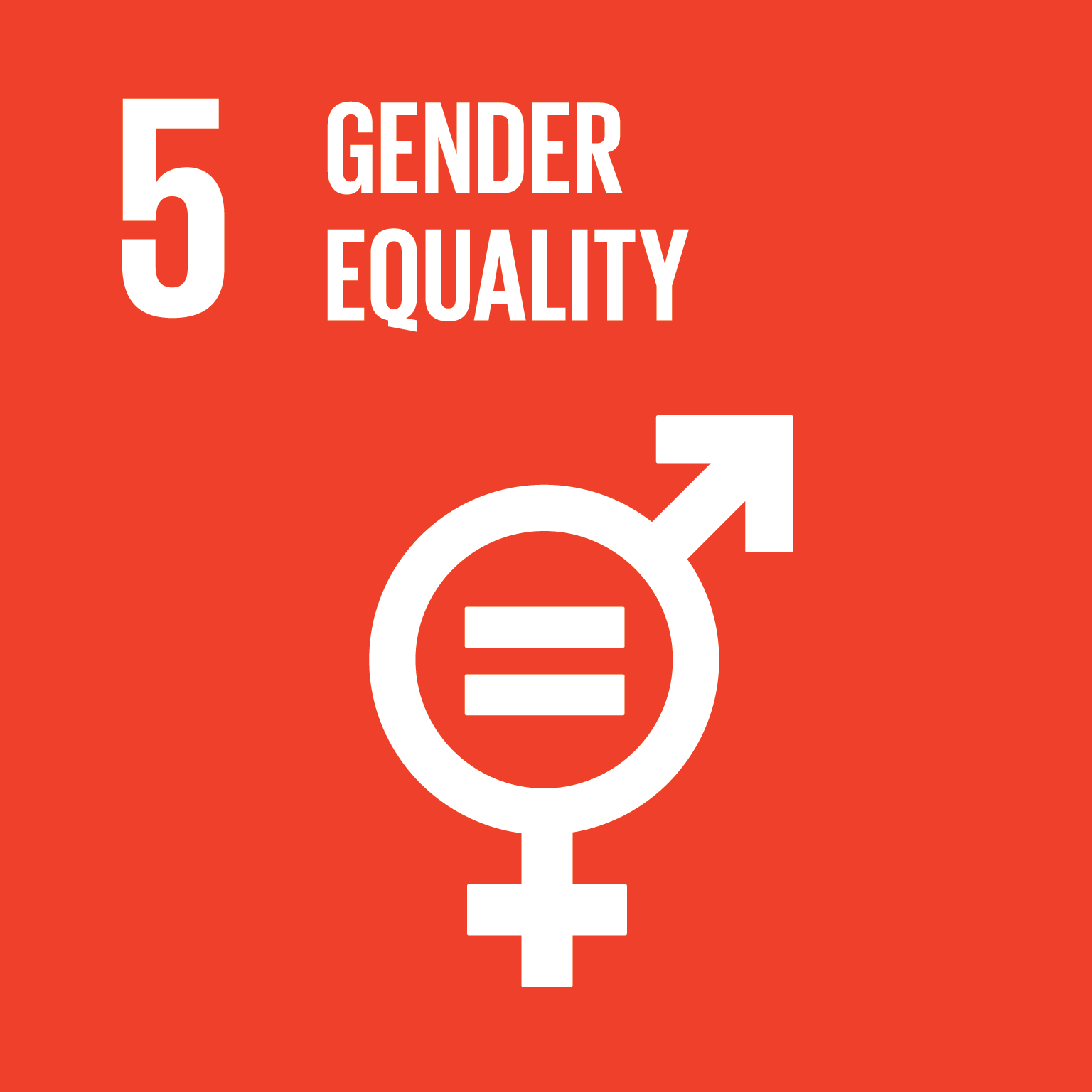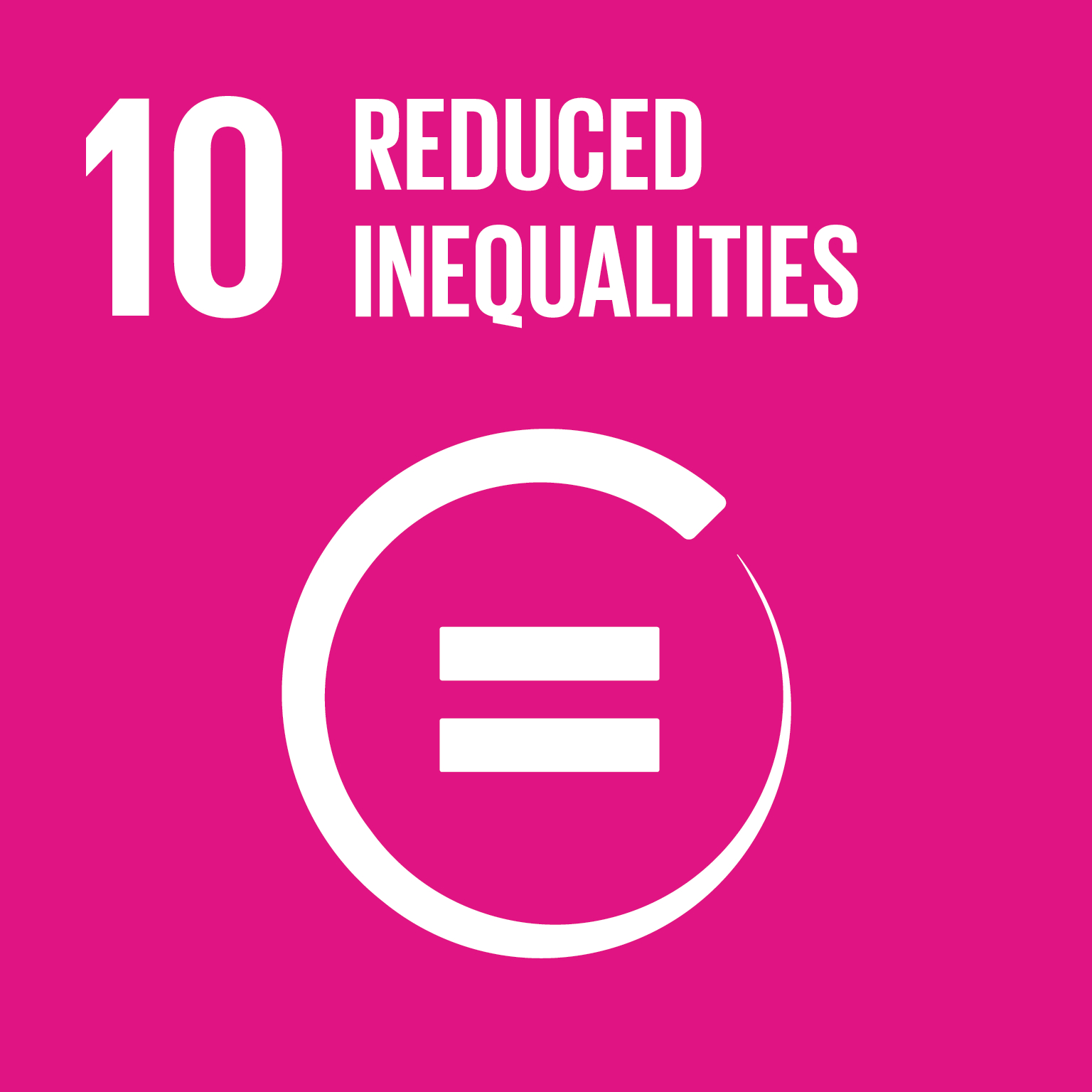[ad_1]
Goal 1: No poverty
 The World Report on Vision and The Lancet Commission on Global Eye Health explicitly showed the link between poverty, household income, and blindness or vision impairment. Several studies have shown that household income increased after cataract surgery. A strong association between poverty and vision impairment has been reported in many settings. This relationship is likely to be connected with poverty as both a cause and a consequence of poor eye health.
The World Report on Vision and The Lancet Commission on Global Eye Health explicitly showed the link between poverty, household income, and blindness or vision impairment. Several studies have shown that household income increased after cataract surgery. A strong association between poverty and vision impairment has been reported in many settings. This relationship is likely to be connected with poverty as both a cause and a consequence of poor eye health.
Goal 2: Zero hunger
![]() With food prices on the rise worldwide, increases in household income and employment prospects protect a household from hunger and food instability. As outlined in the UNGA resolution, improved vision and optimised functional ability for people with blindness or vision impairment contributes to both these factors while enhancing workplace and economic productivity. These economic benefits are closely linked to SDG1, SDG2 and SDG8.
With food prices on the rise worldwide, increases in household income and employment prospects protect a household from hunger and food instability. As outlined in the UNGA resolution, improved vision and optimised functional ability for people with blindness or vision impairment contributes to both these factors while enhancing workplace and economic productivity. These economic benefits are closely linked to SDG1, SDG2 and SDG8.
Goal 4: Quality education
 We know that children who are blind or have a visual impairment are more likely to be out of school. There is a growing body of evidence that shows the provision of spectacles improves educational outcomes. However, we must go beyond just ‘fixing’ vision impairment and blindness and provide comprehensive health care, including support, rehabilitation and the provision of assistive devices to allow children to continue their education.
We know that children who are blind or have a visual impairment are more likely to be out of school. There is a growing body of evidence that shows the provision of spectacles improves educational outcomes. However, we must go beyond just ‘fixing’ vision impairment and blindness and provide comprehensive health care, including support, rehabilitation and the provision of assistive devices to allow children to continue their education.
Goal 5: Gender equality
 Women make up 55% of those who are blind or visually impaired. Many barriers lead to women not accessing health care or attaining it at a later stage, which often leads to poorer outcomes. A Sightsavers study conducted in Malawi suggested that women are not only less likely to accept and access treatment but that they are less likely to attend the first point of contact with a health care provider, usually an outreach camp. With continued inequality in accessing eye care services, despite women making up the majority of those who are blind or visually impaired, targeted, gender-responsive eye care is needed. The recent UN Women policy brief highlighted specific actions that can be taken to advance gender equality and inclusion through eye health.
Women make up 55% of those who are blind or visually impaired. Many barriers lead to women not accessing health care or attaining it at a later stage, which often leads to poorer outcomes. A Sightsavers study conducted in Malawi suggested that women are not only less likely to accept and access treatment but that they are less likely to attend the first point of contact with a health care provider, usually an outreach camp. With continued inequality in accessing eye care services, despite women making up the majority of those who are blind or visually impaired, targeted, gender-responsive eye care is needed. The recent UN Women policy brief highlighted specific actions that can be taken to advance gender equality and inclusion through eye health.
Goal 8: Decent work and economic growth
![]() In 2020, an estimated 143 million working-age individuals around the world had moderate to severe vision impairment, with another 18 million experiencing blindness. A failure to address workers’ eye health can lead to economic burdens for all, as it is estimated that the annual global productivity loss due to vision impairment is at least US$411 billion in purchasing power parity. Evidence shows that interventions to improve vision and functional ability reduce poverty and improve economic prospects.
In 2020, an estimated 143 million working-age individuals around the world had moderate to severe vision impairment, with another 18 million experiencing blindness. A failure to address workers’ eye health can lead to economic burdens for all, as it is estimated that the annual global productivity loss due to vision impairment is at least US$411 billion in purchasing power parity. Evidence shows that interventions to improve vision and functional ability reduce poverty and improve economic prospects.
Goal 10: Reduced inequalities
 Poor eye health disproportionately affects low-resourced countries and disadvantaged groups within countries. A study showed that people who had cataract surgery in Kenya, the Philippines, and Bangladesh were poorer than non-visually impaired people before they had their surgery. However, after surgery, there was no longer a difference.
Poor eye health disproportionately affects low-resourced countries and disadvantaged groups within countries. A study showed that people who had cataract surgery in Kenya, the Philippines, and Bangladesh were poorer than non-visually impaired people before they had their surgery. However, after surgery, there was no longer a difference.
Goal 11: Sustainable cities and communities
![]() Vision impairment can reduce driving safety and increase motor vehicle collisions, therefore affecting SDG target 11.2, which aims to provide access to safe, affordable, accessible and sustainable transport systems for all. The Lancet Global Health Commission on Global Eye Health found that some causes of vision impairment, such as glaucoma and cataracts, are associated with motor vehicle collisions and unsafe driving practices.
Vision impairment can reduce driving safety and increase motor vehicle collisions, therefore affecting SDG target 11.2, which aims to provide access to safe, affordable, accessible and sustainable transport systems for all. The Lancet Global Health Commission on Global Eye Health found that some causes of vision impairment, such as glaucoma and cataracts, are associated with motor vehicle collisions and unsafe driving practices.
[ad_2]

